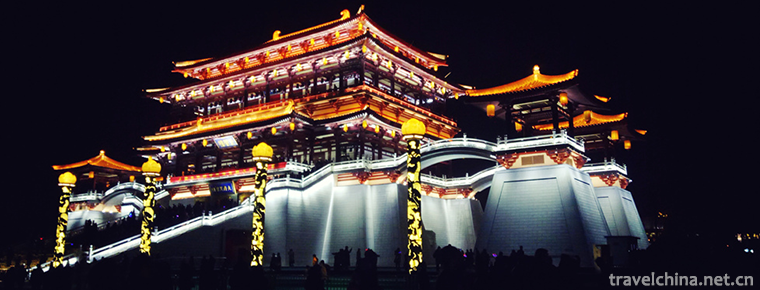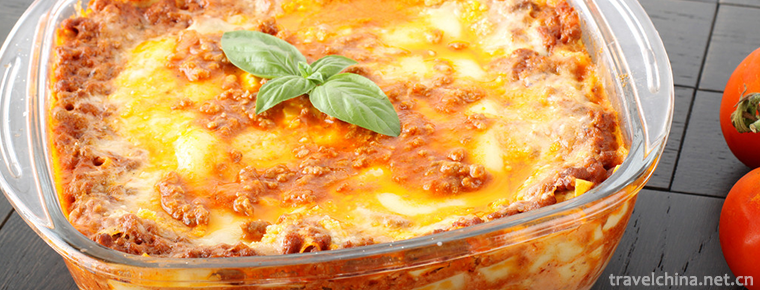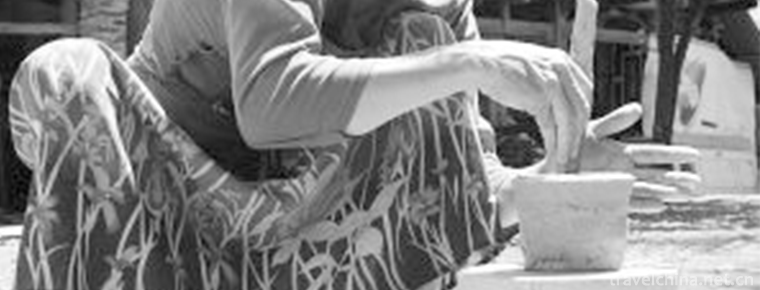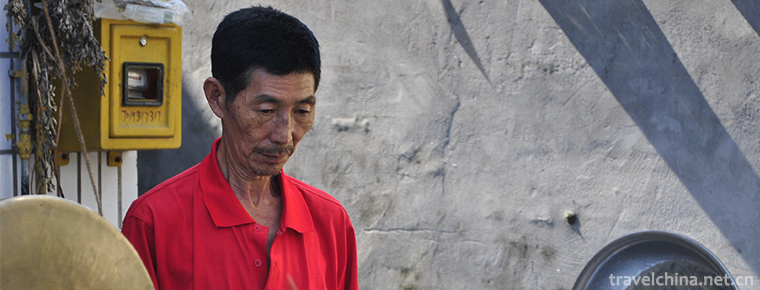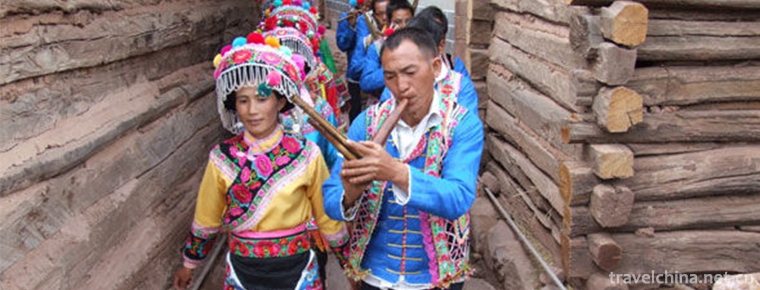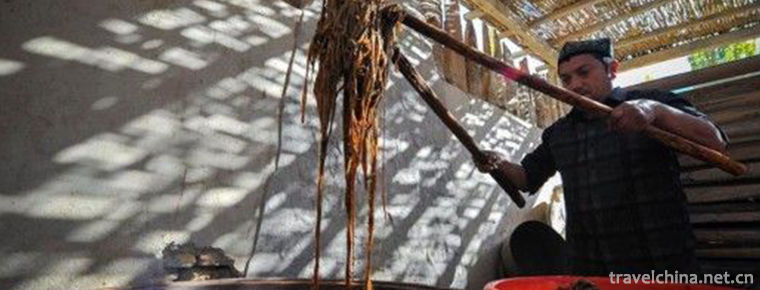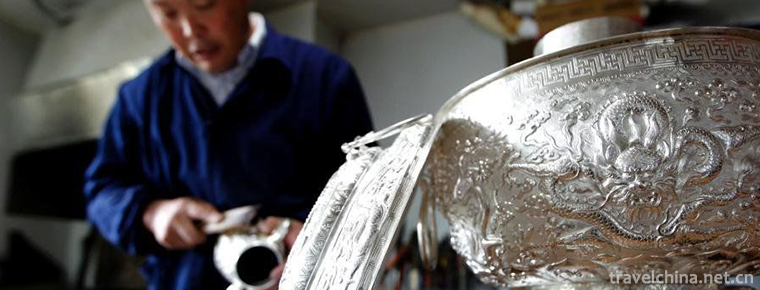Kaifeng soup dumplings
Kaifeng filling soup bag is one of the famous foods in Kaifeng because of its unique flavor. The soup is thin and white like Jingdezhen ceramics. It has a transparent feeling. Eat it with meat filling and fresh soup on the bottom. Kaifeng people eat dumplings filled with soup with such a smooth saying, "first open the window, then drink soup, then full of fragrance".
Tang Ru's poetry, meat for prose, face for fiction. Because fiction is all inclusive, prose is a little more essence, poetry is the essence of the text. Therefore, after eating steamed buns, we take the lead in remembering the freshness of the soup. The meat filling is close to the taste of the soup, and the chewing sensation of the skin can be neglected.
History
Kaifeng small cage steamed bun has a history of 100 years. The unique flavor is one of the famous foods in Kaifeng. Small cage steamed buns are exquisite in material selection and fine in production. Lean pork from pig hind legs is used as stuffing, fine powder as skin and steamed by steam.
Characteristic
Beautiful appearance, small and exquisite, thin and stuffed, filling soup with oil, delicious taste, delicate fragrance and mouth, soup is full of mellow, the entrance is oily but not greasy.
innovation
Small cage steamed buns were initially managed by Huang Jishan. His steamed buns, which are rich in the merits of various families, are white and tender in color and have unique flavor, and are highly praised by diners. The small steamed steamed steamed steamed steamed steamed steamed steamed steamed steamed steamed steamed steamed steamed steamed steamed steamed steamed steamed steamed steamed steamed steamed steamed steamed ste The noodles and stuffing of steamed buns were innovated boldly. If the original surface is one third of the hair and two-thirds of the dead surface, then only the dead surface is used instead of the hair, so that the skin is thinner and the bottom is not dropped. The technology of looper is quite strict. It can only be achieved by rubbing, flinging, pulling, pasting several times and "three softnesses and three hardnesses" of veneer. The steamed bun stuffing was originally mixed with meat skin jelly. After eating too much, it was greasy and removed. And with sugar, monosodium glutamate filling, removed the sweet sauce, filling only ginger, not onions. It takes a lot of time to beat the stuffing, and it keeps pulling the filaments.
epideictic
Steamed steamed steamed steamed buns are served in small cages. The shape of steamed buns is as follows: Picking up a strand of silk and putting down a thin mass, the skin is like chrysanthemum heart, and the filling is like roses.
Soup steamed buns have the beauty of form, its content is exquisite and unique, meat stuffing and fresh soup live in a room, eat it, will eat noodles, meat, soup Three integration, is an integrated charm. When eating steamed buns filled with soup, the presence of soup ranked first, followed by meat filling, followed by skin. Tang Ru's poetry, meat for prose, face for fiction. Because fiction is all inclusive, prose is a little more essence, poetry is the essence of the text. Therefore, after eating steamed buns, we take the lead in remembering the freshness of the soup. The meat filling is close to the taste of the soup, and the chewing sensation of the skin can be neglected. This is the experience of the Southerners eating the North Country. Whether the Northerners rank first or not is unknown.
Eating steamed buns filled with Kaifeng soup is an important process. Steamed buns with thin skin and white like Jingdezhen ceramics are transparent. There are 32 folds of fine kneading crepe on the bun, which is not uniform enough. Put it on a white porcelain plate, it looks like white chrysanthemum in soup steamed buns. Lift the seals and clip them up, hanging like lanterns. This aesthetic appreciation process is indispensable. Eat it with meat filling and fresh soup on the bottom. Kaifeng people eat dumplings filled with soup with such a smooth line: "first open the window, then drink soup, then full of fragrance."
When eating steamed buns filled with soup, the existence of soup ranked first, followed by meat filling, followed by skin. Tang Ru's poetry, meat for prose, face for fiction. Because fiction is all inclusive, prose is a little more essence, poetry is the essence of the text. Therefore, after eating steamed buns, we take the lead in remembering the freshness of the soup. The meat filling is close to the taste of the soup, and the chewing sensation of the skin can be neglected. This is the experience of the Southerners eating the North Country. Whether the Northerners rank first or not is unknown.
From eating to comprehending the artistic conception of philosophy, in our world, the beauty of soul is important. If the content and formalism are the same beauty, it should be the most beautiful realm. Beautiful people and neon clothes complement each other and create thousands of worlds. It just gives the eternal memory of the world, which can not be separated. Admittedly, Gantang Baozi is exquisite, just like the fine writing of Song Ci, it has been separated from the vulgar folk cow drink, apparently the same clan with Hanlin Academy, and Hanlin Academy is similar to the Literature Research Institute of the present Academy of Social Sciences.
After eating dumplings, visit the Guild Hall, Iron Tower, Longting Pavilion and Qingming Shanghe Garden in Kaifeng City. The Iron Pagoda is actually a glazed pagoda. It is exquisite, delicious and beautiful. It is with Kaifeng, the ancient city.
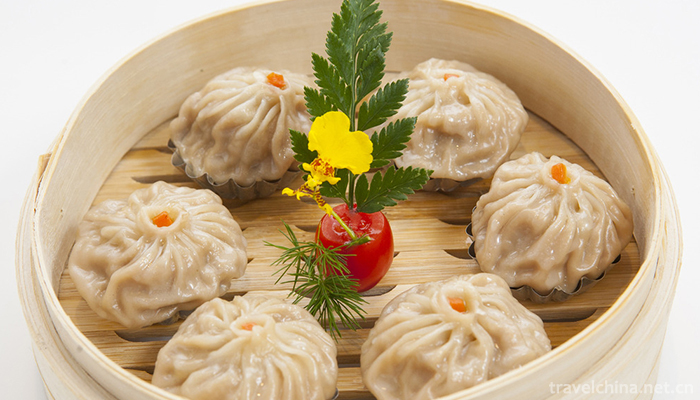
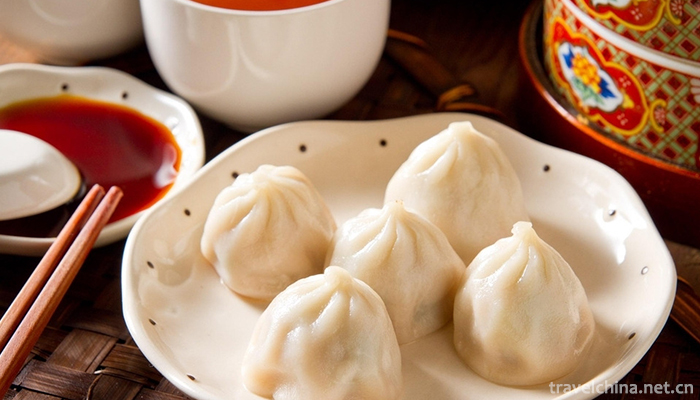
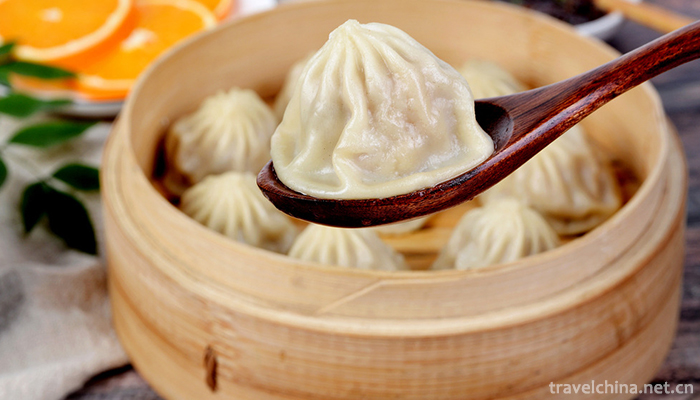
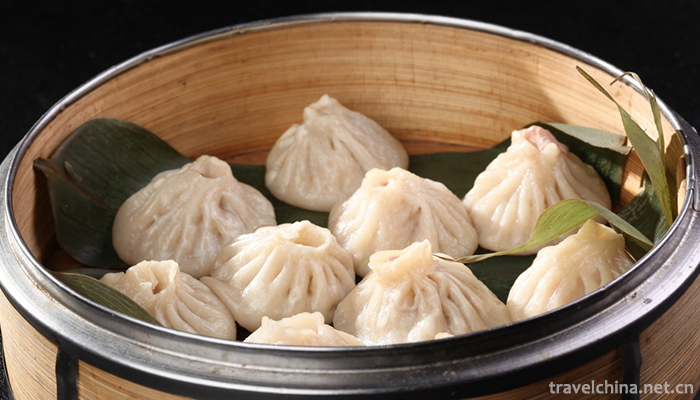
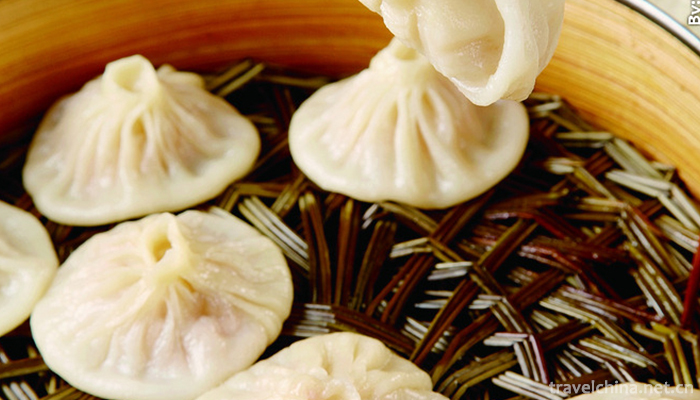
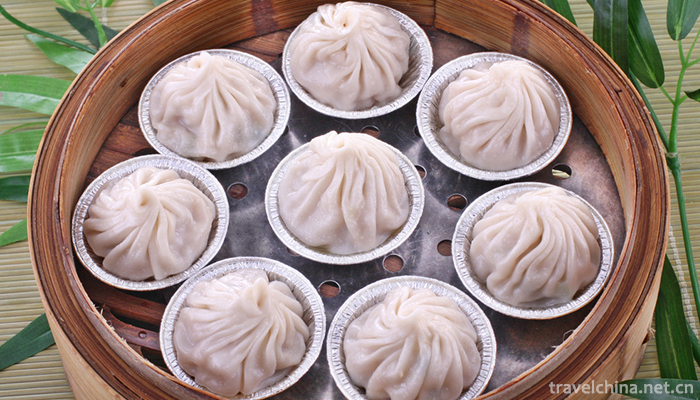
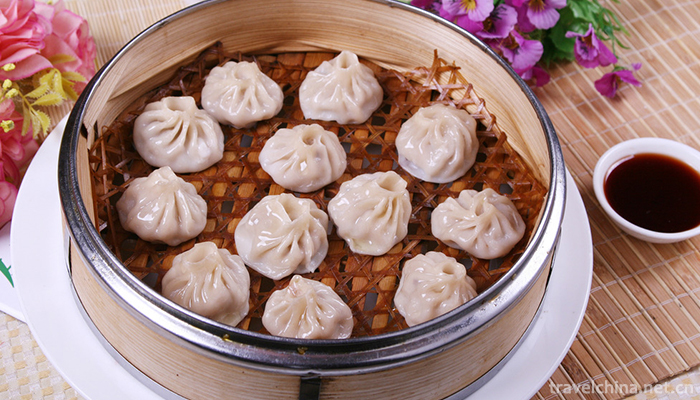
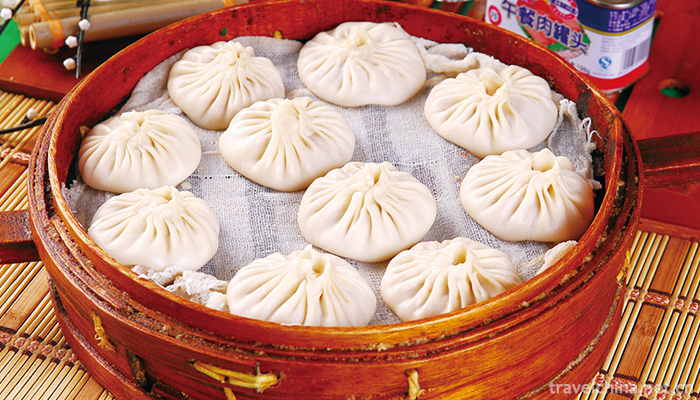
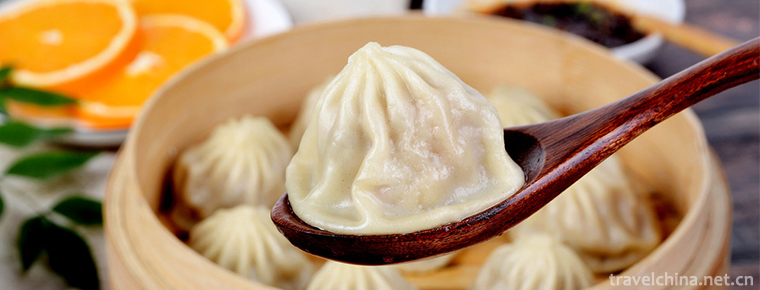
Kaifeng soup dumplings
-
Penglaige tourist area
Penglaige Scenic Area, located in Danya Mountain, northwest of Penglai City, Shandong Province, is a national AAAAA-level tourist attraction with an area of 18,500 square meters
Views: 119 Time 2018-12-08 -
Dayan Pagoda Datang Furong Garden Scenic Area
The Furong Garden of the Tang Dynasty is located in Qujiang Development Zone in the south of Xi'an City, Shaanxi Province, on the southeast side of the Big Wild Goose Pagoda.
Views: 187 Time 2018-12-12 -
Longzi Lake Scenic Area
Longzihu Scenic Area, located in Longzihu District of Bengbu City, Anhui Province, is a national AAAA-level tourist attraction, a national ecological demonstration area and a provincial-level scenic s
Views: 177 Time 2019-02-06 -
Steamed egg with sand
Steamed eggs with ginseng sand is a traditional Chinese medicine, which has the effect of invigorating qi, nourishing blood and soothing the mind.
Views: 182 Time 2019-03-24 -
Dais Slow Wheel Pottery Technology
Dai Slow-wheel pottery, the primitive traditional handicraft of Yunnan, is one of the national intangible cultural heritages.
Views: 131 Time 2019-04-24 -
Guanyin legend
Guanyin legend is one of the ancient local folklores in Zhoushan, Zhejiang Province. It is one of the second batch of national intangible cultural heritage list published by the State Council.
Views: 157 Time 2019-05-01 -
Liang Pings Gong and drum
Liangping Gong and drum is a kind of traditional folk instrumental music spread in Liangping District of Chongqing. In Liangping, the predecessors said that "Shu people Chao shan, gongs and drums
Views: 310 Time 2019-05-13 -
Mei Ge
Meige is the general name of Yi folk song and dance and folk oral literature. Its content is all-encompassing and almost reflects the history, culture, production and life of the Yi people. It is rega
Views: 181 Time 2019-06-02 -
Uygur Mulberry Paper Making Skills
Uygur mulberry paper takes mulberry branch endothelium as raw material, mulberry branch endothelium is sticky, smooth and delicate, easy to process, after exploitation, soaking, pot boiling, pounding,
Views: 150 Time 2019-06-28 -
Silver and Copper Ware Making and Gold smelting Techniques
Silver and bronze wares production and gold mincing skills, local traditional skills in Huangzhong County, Qinghai Province, one of the national intangible cultural heritage.
Views: 223 Time 2019-07-13 -
leshan normal university
Leshan Teachers College was founded in 1978 and approved by the Ministry of Education in March 2000. The former Leshan Teachers College and Leshan Education College were merged and upgraded to general
Views: 185 Time 2019-08-31 -
Cultural undertakings in Luzhou
By the end of 2017, Luzhou had 8 cultural centers and 142 cultural stations, including 128 Township comprehensive cultural stations, 14 urban community (street) cultural centers, 9 public libraries, 2 art galleries and 13 museums (memorial halls), all of which are free of charge.
Views: 337 Time 2020-12-14

